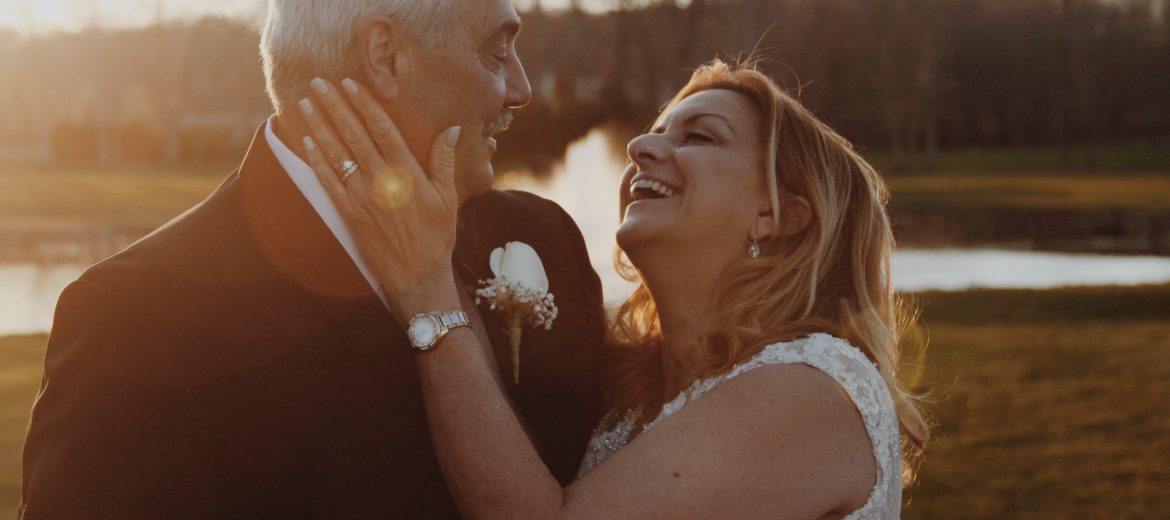Low-Light Laser Therapy (LLLT) for Hair Loss: The Hype vs. Reality

Low-Light Laser Therapy (LLLT) for Hair Loss: The Hype vs. Reality
There’s been a lot of buzz recently about Low-Level Laser Therapy (LLLT) for hair loss. There are plenty of claims that it can produce miraculous results. That it can stop hair loss in its tracks. Help you regrow hair. That it gives you thicker, amazingly healthier hair.
You may have noticed an increasing number of LLLT hair loss devices for sale like laser combs and caps.
A highly effective non-surgical, non-pharmaceutical hair restoration treatment sounds like a pretty great option, but you might wonder if it’s too good to be true. It’s not always easy to sort the hype from the reality.
Here are the facts you need to know about LLLT for hair loss and whether it could work for you:
What is LLLT?
LLLT is a modern non-surgical hair loss treatment that uses laser light to stimulate cell growth and supercharge hair follicles. It helps to combat hair loss and improve the volume and appearance of hair. The therapy is painless and has no known side effects.
LLLT has been approved by the FDA as a hair loss treatment for both men and women. It is mainly used to treat androgenetic alopecia or what’s often referred to as male or female pattern-baldness.
Androgenetic alopecia is the most common cause of hair loss in both men and women, and a hereditary condition which causes hair follicles to shrink and become dormant, eventually stopping hair growth all together.
LLLT can also be used to treat other forms of alopecia and hair loss that stems from causes such as chemotherapy or severe hair loss that may occur in women after pregnancy or menopause.
It is also frequently used to complement other hair loss treatments such as PRP therapy and can be particularly effective in conjunction with hair transplant procedures. Results with LLLT have also shown to be even more beneficial than medications over the short-term.
How LLLT Works
The laser light that’s used in LLLT produces a particular wavelength, which has a unique ability to be absorbed by the molecules of the hair follicles. The light helps to shift hair follicles into the growth stage in multiple ways.
When it penetrates the scalp, it stimulates the stem cells responsible for the regeneration of the hair follicles, encouraging hair regrowth. It also works to increase the production of ATP and the metabolic process of the cells for faster hair growth.
The light acts to increase blood flow in the targeted region of the scalp, therefore increasing the delivery of nutrients and oxygen to the hair follicles, causing the hair to grow with greater length and diameter. This helps to produce thicker hair shafts and results in fuller looking hair overall.
What to Realistically Expect
LLLT is incredibly effective at treating the thinner, weaker hair follicles. It has been shown to help make hair grow thicker, stronger, and healthier. And can notably improving the hair’s appearance and volume.
In the course of various studies, LLLT helped to slow down or even stop hair loss in 85% of patients undergoing treatment. Patients also saw new hair growth in 55% of the cases.
LLLT does not work in cases where baldness has existed for many years. It cannot cause hair growth on areas of the scalp where there’s no hair at all, as there are no hair follicles to stimulate. LLLT only works on active hair follicles and has no effect on hair follicles that are already dead.
For this reason, it’s ideal to start LLLT as soon as possible in order to achieve maximum hair restoration benefit. The best results occur when used in the first stages of hair loss or in cases of partial hair loss. Combining LLLT treatment with other therapies can also help to optimize results.
With more advanced stages of hair loss, the kind of results you can expect to obtain are limited. However, it may still help to slow or stop hair loss.
Once you start treatment, results typically first begin to appear after two months and continue to gradually improve over the months following. If treatment is interrupted, the hair loss will resume again over the course of several months and hair will gradually return to its initial state. LLLT only works as only works as long as the treatment is continued.
LLLT Devices and Treatment
A variety of methods can be used to administer LLLT. Therapies can be administered in an in-office setting via hoods or overhead panels.
There are also many portable devices available that patients can use at home.
These include tabletop devices, handheld devices and wearable devices.
Popular products include laser combs, which are devices that emits LLLT similar to a hair brush. Wearable devices such as various LLLT caps, bonnets, helmets, are also among the most common.
A simple Google search will reveal the countless options available. It’s a good idea to be cautious and do your research when considering purchasing such products over the internet. Not all such devices have received FDA clearance or undergone electrical safety testing.
It may be an even better idea to consider consult a medical professional that specializes in hair restoration and hair loss treatments.
That’s us here at Ohio Hair Restoration. If you’re considering LLLT for hair loss or wondering if it’s a treatment option that’s right for you, give us a call.
We can discuss the different therapies, procedures, and products that may be most effective for your individual case. And find real help for hair loss.
